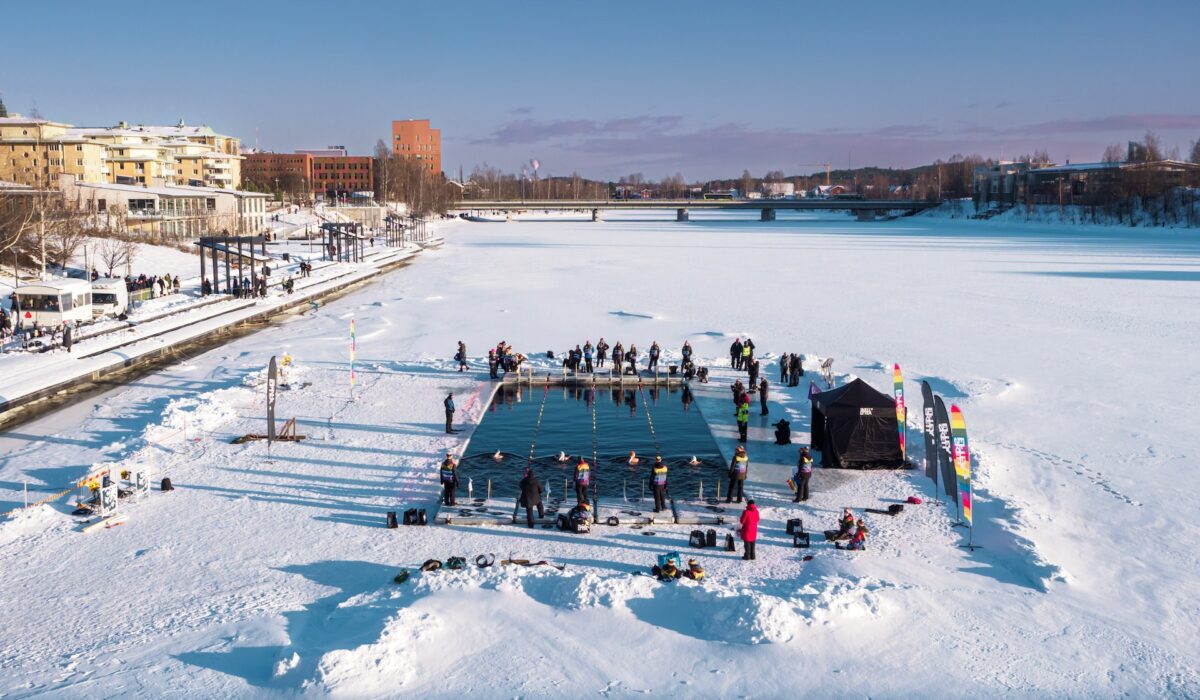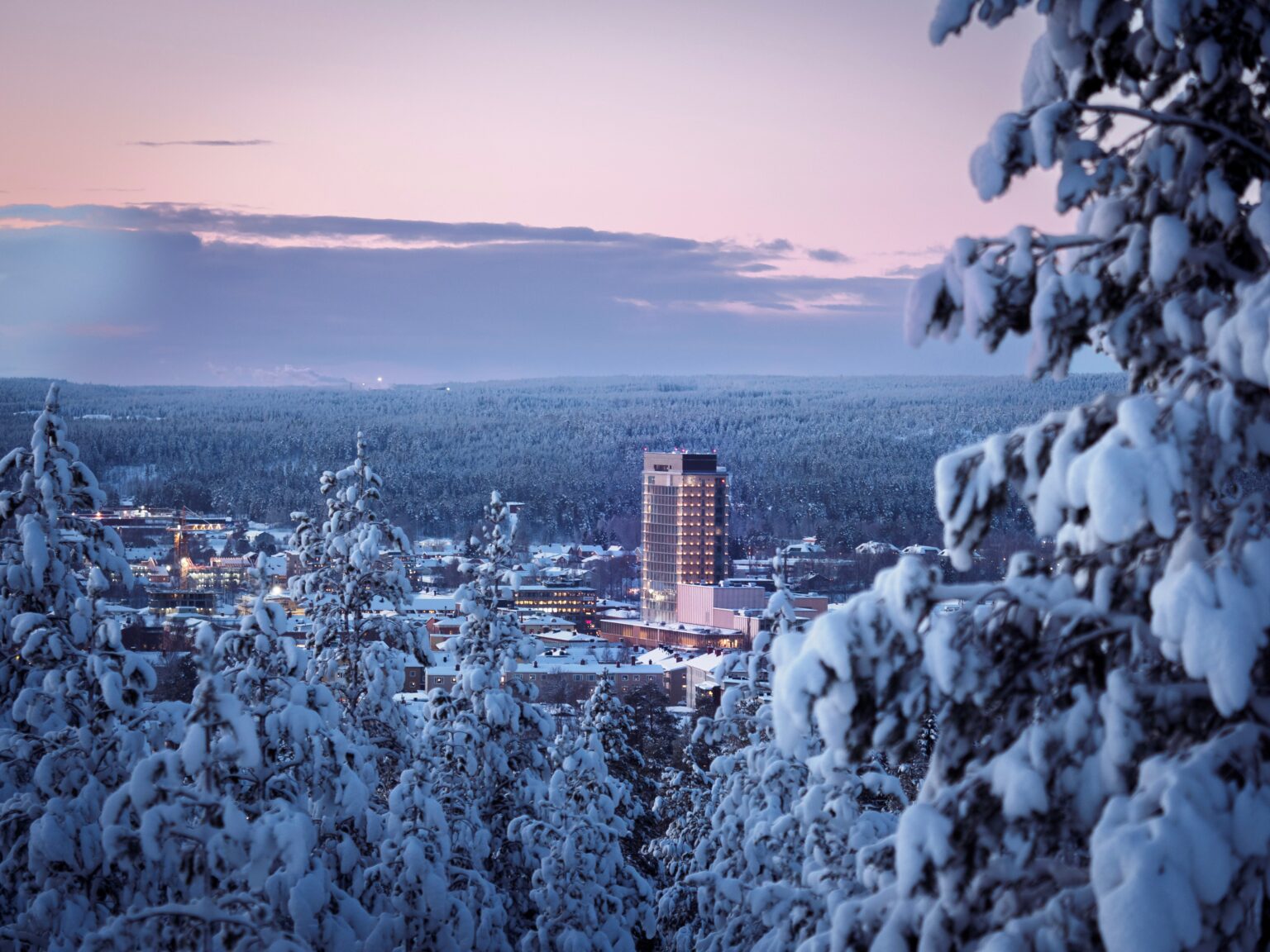🇸🇪 Bringing people to the Swedish Arctic

”It all started when Facebook located their first data centre outside of the US in northern Sweden, which kickstarted the green industrial revolution based on access to fossil-free and competitively priced energy in the region. Suddenly the demand for a new workforce was growing. We historically thought it was primarily white-collar, highly educated people we would need, but we now see that we need all kinds of qualifications. It is not just about skills; we need a net influx of people to the whole region in northern Sweden. There are many numbers thrown around, but we need at least 100,000 people in the coming 15 years,” explains Ludwig Rosendal, the COO of MindDig, a Luleå based-firm that calls itself a talent attraction and retention platform.
“Back in 2020, some of the biggest companies in the region gathered and concluded that this problem with attracting people to the north will not be solved just by the public sector alone. The companies had to collaborate to overcome what they were facing. We have fewer people working in health care or kindergarten now because jobs in the private sector can offer higher wages and a better work-life balance,” says Mr Rosendal.
The companies were traditional large ones, like the 130-year-old LKAB iron mine, in Kiruna, or Vattenfall, an electricity company with operations across all of Sweden, and newcomers like H2 Green Steel, which is aiming to produce fossil-free steel in Boden, or Northvolt, a large battery factory in Skellefteå. What they all have in common is that they use the plentiful renewable energy in the region and are decarbonising their entire value chains, forming a net zero industrial cluster with a global impact.
Yet, they all struggle to attract new talented professionals and keep them. Too many people that move to the region leave within a year.
“Bringing people to the North is only half the battle, keeping them is the greater challenge,” says Mr Rosendal.

Mind the talent
Companies in the past used to hunt specifically for senior executives or specialists. Now they hunt for everyone.
“The idea of MindDig is simple” Mr Rosendal says. “High-profile companies like Northvolt receive thousands of job applications a month, but they can only hire a small percentage of those. But now we know that these people are interested in moving north to work, so we share the CVs of these talents in our database with other employers in the region. It’s called talent recirculation.
“We need to brand and market the region to attract people to work here. We cannot just sell the Northern Lights. We need to show the many career opportunities here and the benefits of work-life balance. You don’t have to commute every morning for two hours to go to work. So, we have to show the factory with the northern lights above.”

Attracting, receiving and retaining talent
The solution to the demographic challenge comes in several stages: companies need first to attract, then receive new workers and, more importantly, retain them, making sure that they establish a life locally.
If a member of a family chooses to move north because of a unique career opportunity in the green transition, their partner might struggle to find another job locally and fully integrate.
“We can see that a significant proportion of people we manage to attract here from abroad leave within one year, and quite often it is because their partner is not able to get a job and integrate into the community. Therefore, communities must be ready to hire international talent for jobs that Swedes were normally doing. It also means that the public sector should offer evening classes to learn Swedish rather than during work hours.
“We need to release the handbrake of policy barriers and make it more attractive to move north. We need to set up forums for expats for them to integrate properly because they want to meet local Swedes. Northern Sweden cannot just brand itself to tourists; we must show that we have schools, football teams, restaurants, culture and a vibrant and growing community here. We are not rural; we offer dynamic but relatively small cities, meaning little commuting time — if any,” Mr Rosendal says.
(📸: Skellefteå kommun)
This article was produced by the Arctic Economic Council.
To join the Arctic Business Journal network as a content partner, contact us at [email protected].
This article has been fact-checked by Arctic Business Journal and Polar Research and Policy Initiative, with the support of the EMIF managed by the Calouste Gulbenkian Foundation.
Disclaimer: The sole responsibility for any content supported by the European Media and Information Fund lies with the author(s) and it may not necessarily reflect the positions of the EMIF and the Fund Partners, the Calouste Gulbenkian Foundation and the European University Institute.
